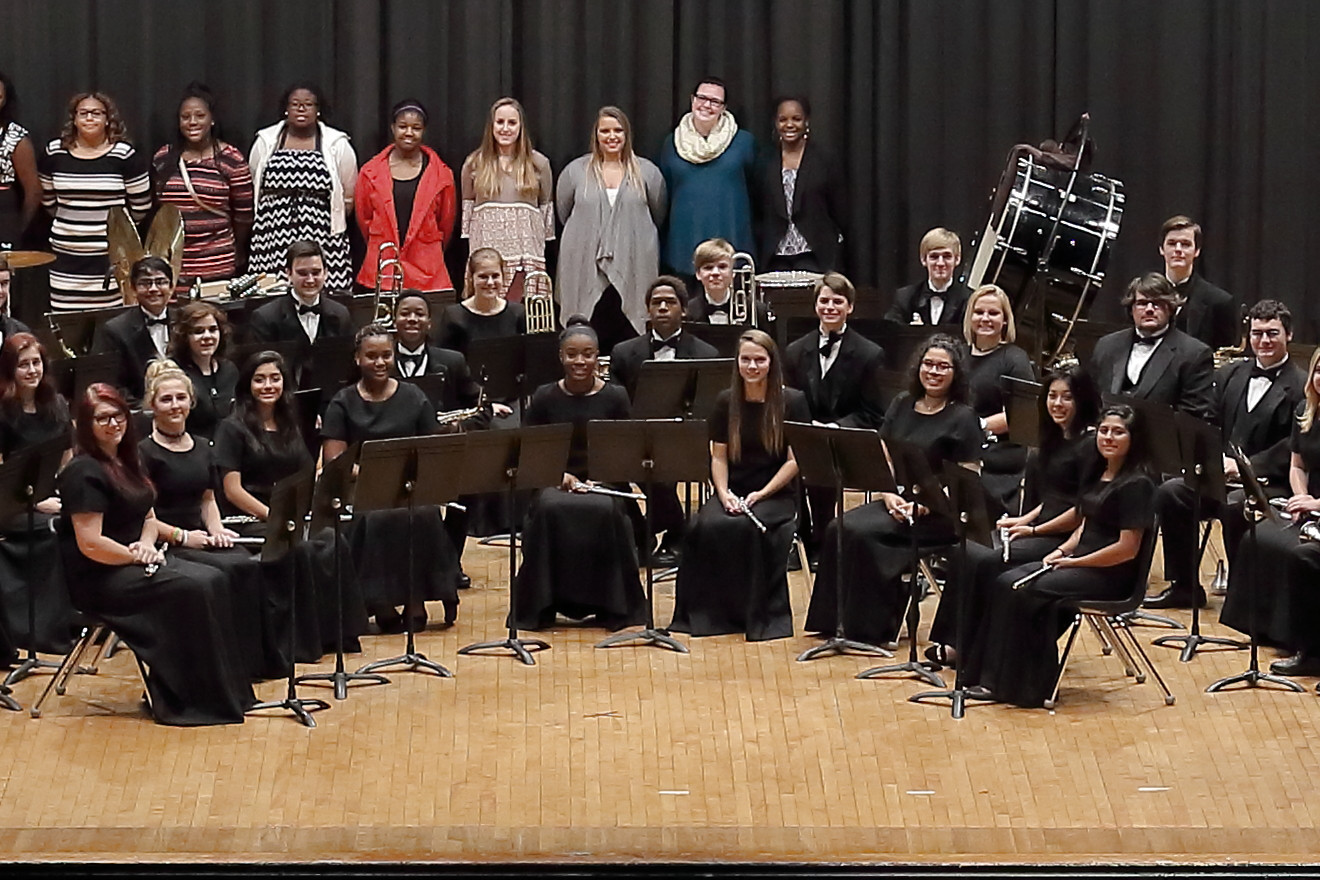First off I will disagree with using a tripod. The canon 24-105 has a minimum of 3stop Image stabilisation (the Mark II L and IS STM have 4). The shutter speed you will need to avoid motion blur (generic people motion and mouths) will be more than adequate. You will be contending with parents getting pictures of their own children and it will just get in their way and most likely knock it. It will also be a pain to change position.
Aperture. Use as wide as possible but keeping everything in focus. You say there's three rows. But are we talking three rows of eight, or three rows of 80? If you have to get further back to get everyone in you can can probably use a wider aperture then if you were closer.
Shutter speed. You don't want this to be to low. Start out with 1/100. If you need faster, increase it. If 1/100 is more than adequate, maybe look at decreasing it.
ISO. Again as low as possible. Higher results in more grain.
White balance. Shoot in RAW. Chances are with these sorts of things you may have to tweak afterwards. RAW gives you more control.
Lenses. Leave the kit lens at home it's dead weight, you have the same focal length in the 10-20 and 24-105. Bring the UWA as you could get some full auditorium pics, or if you're closer the the choir, get more in frame.
Flash. Others would disagree but again I would save leave at home. It's just something else to have to worry about. Rely on the ambient. The use of flash, especially with people in rows could result in some harsh shadows.



